The angel of wind exhales, sending fluffy dandelion seeds into a slow dance. Wind and light guide the downy seeds into the magical world of botany.
Related Movies

Harald (2014)
Harald is a wrestler. Driven by his ambitious mother he won a vast number of challenge cups. But his true love is flowers. When his favorite is taken away by his mother one day, he has to fight for it.

Las plantas también mueren (2022)
Inside a room full of plants, a woman finds shelter from the outside world. Submerged in delirium, Alba experiences her withering.

Ossigeno (2020)
Lena is nine-year-old. One day, she spontaneously makes an act of love that will change her life. She will take care of a plant. An action so simple yet unusual that nowadays only children could instinctively do. Will this revolutionary gesture change the future of our world? In a blurry society made by technological progress and innovation, can a simple action become a revolution?
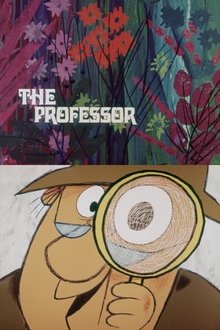
The Professor (1967)
A nutty professor meets a very hungry caterpillar in this animated chase cartoon brimming with swinging 60s backdrops.

Ember (2019)
Ember is a fantasy adventure about the African Fynbos and its inevitable destruction and regrowth. A Nature Sprite with a passion for life and growth discovers a Fire Sprite with a mission to burn everything and worlds collide, but destruction is inevitable.
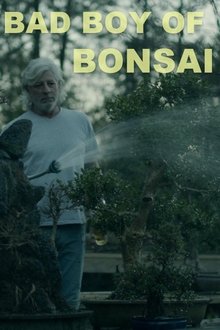
Bad Boy of Bonsai (2022)
Bad Boy of Bonsai is an experimental art-house documentary that focuses on Guy Guidry, a Louisiana local, and his passion for bonsai.
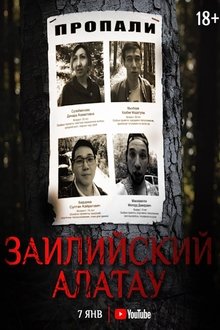
Ile Alatau (2021)
A story of four childhood friends who mysteriously disappeared while camping in the rural mountains of Trans Ili Alatau. The following events were recorded on Sultan's videocamera, who was making his student thesis project on a local plant called the Asafoetida.
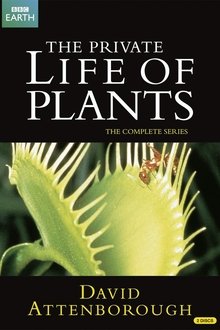
The Private Life of Plants (1995)
David Attenborough takes us on a guided tour through the secret world of plants, to see things no unaided eye could witness. Each episode in this six-part series focuses on one of the critical stages through which every plant must pass if it is to survive:- travelling, growing, and flowering; struggling with one another; creating alliances with other organisms both plant and animal; and evolving complex ways of surviving in the earth's most ferociously hostile environments.

Tea War: The Adventures of Robert Fortune (2016)
In the 19th century, China held the monopoly on tea, which was dear and fashionable in the West, and the British Empire exchanged poppies, produced in its Indian colonies and transformed into opium, for Chinese tea. Inundated by the drugs, China was forced to open up its market, and the British consolidated their commercial dominance. In 1839, the Middle Empire introduced prohibition. The Opium War was declared… Great Britain emerged as the winner, but the warning was heeded: it could no longer depend on Chinese tea. The only alternative possible was to produce its own tea. The East India Company therefore entrusted one man with finding the secrets of the precious beverage. His mission was to develop the first plantations in Britain’s Indian colonies. This latter-day James Bond was called Robert Fortune – a botanist. After overcoming innumerable ordeals in the heart of imperial China, he brought back the plants and techniques that gave rise to Darjeeling tea.
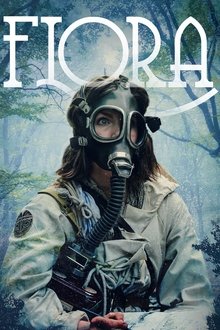
Flora (2017)
In 1929, an expedition of university botanists enter an uncharted forest where they discover, and must escape an ancient organism.
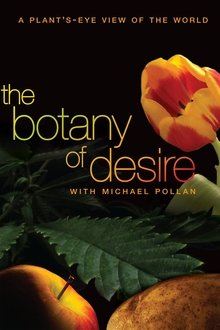
The Botany of Desire (2009)
Featuring Michael Pollan and based on his best-selling book, this special takes viewers on an exploration of the human relationship with the plant world — seen from the plants' point of view. Narrated by Frances McDormand, the program shows how four familiar species — the apple, the tulip, marijuana and the potato — evolved to satisfy our yearnings for sweetness, beauty, intoxication.
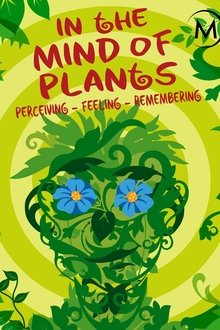
In the Mind of Plants (2009)
Neurobiology has shown in the recent years that contrary to the traditional boundaries between animal and plants, plants can feel, move and even think. Over the recent years, a small but growing group of researchers from Austria, Germany, Italy, UK, Japan, South Africa and the USA, has developed a new scientific field of research: the neurobiology of plants. Their discoveries question the traditional boundaries set between the animal and the vegetable kingdom: plants are capable to develop the cognitive process claimed by humans and animals. If plants can move, and feel... Could they possibly think ? In a creative and captivating scientific investigation style, through spectacular specialist photography and CGI, and re-creating scientific experiments, this documentary is bound to change your own perception of plants.

Mori, The Artist's Habitat (2018)
Vegetation thrives in painter Morikazu's garden, which is home to creatures that serve as models for his paintings, including numerous bugs and cats. A sweet and heartwarming day begins for Morikazu, who gazed at these garden creatures on a daily basis for over three decades, and those who love him.

Restart the Earth (2021)
When a drug to replicate plant cells creates a sentient form of flower, the planet is over taken by flora and humankind is depleted. A Chinese task force, a widowed father and his young daughter fight to survive in a mission to inject an antidote to the core of the plants to reverse their growth.
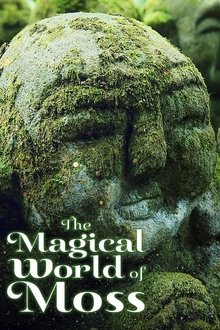
The Magical World of Moss (2023)
They have no roots, no seeds, no flowers, but mosses show immense survival capacities and can suspend their biological activity for long periods. Today, researchers are exploring the exceptional resistance of these archaic organisms. British ecologists have even resurrected a "zombie" moss that has been trapped in the permafrost for 1,500 years. Associated with decay and disliked in Europe, mosses are deified in Japan. With 25,000 species worldwide, bryophytes - their scientific name - are the seat of real ecosystems, and can develop in inhospitable landscapes, through an extravagant reproduction cycle.
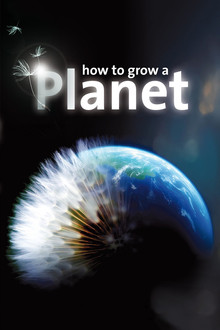
How to Grow a Planet (2012)
Geologist Ian Stewart explain in three stages of natural history the crucial interaction of our very planet's physiology and its unique wildlife. Biological evolution is largely driven bu adaptation to conditions such as climate, soil and irrigation, but biotopes were also shaped by wildlife changing earth's surface and climate significantly, even disregarding human activity.
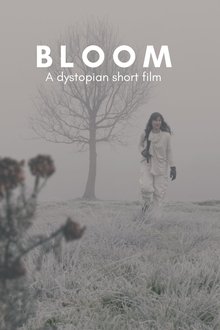
BLOOM - A Dystopian Short Film (NaN)
In a post-apocalyptic world devoid of plant life, a lone survivor fights desperately to reclaim hope and life. Upon unexpectedly discovering seeds, she risks everything to cultivate humanity’s last plant.

Late Anthropocene (2016)
Hand processed expired Kodak 7291, Camera: Beaulieu R16, Lens: Angenieux 12-120mm with +3 Diopter, Polarising filter for the clouds. Hand processed in C-41 chem using a Lomo UPB-1A tank. Still haven't mastered removal of the rem-jet anti-halation layer (thats all the white 'static' on the film). The film expired about 40 years ago.
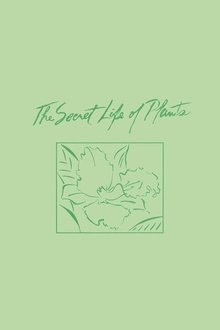
The Secret Life of Plants (1979)
A documentary about the study of plant sentience with original music by Stevie Wonder. Utilizing time-lapse photography, the film proposes that plants are able to experience emotions and communicate with the world around them.
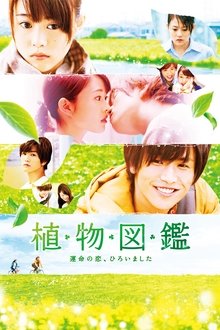
Evergreen Love (2016)
Sayaka works at a office. She's not very good at her job or with love. One night, she finds a man, Itsuki, collapsed in front of her home. She takes him inside and they begin to live together. Itsuki teaches Sayaka about cooking wild herbs and collecting wild herbs, but he has a secret.